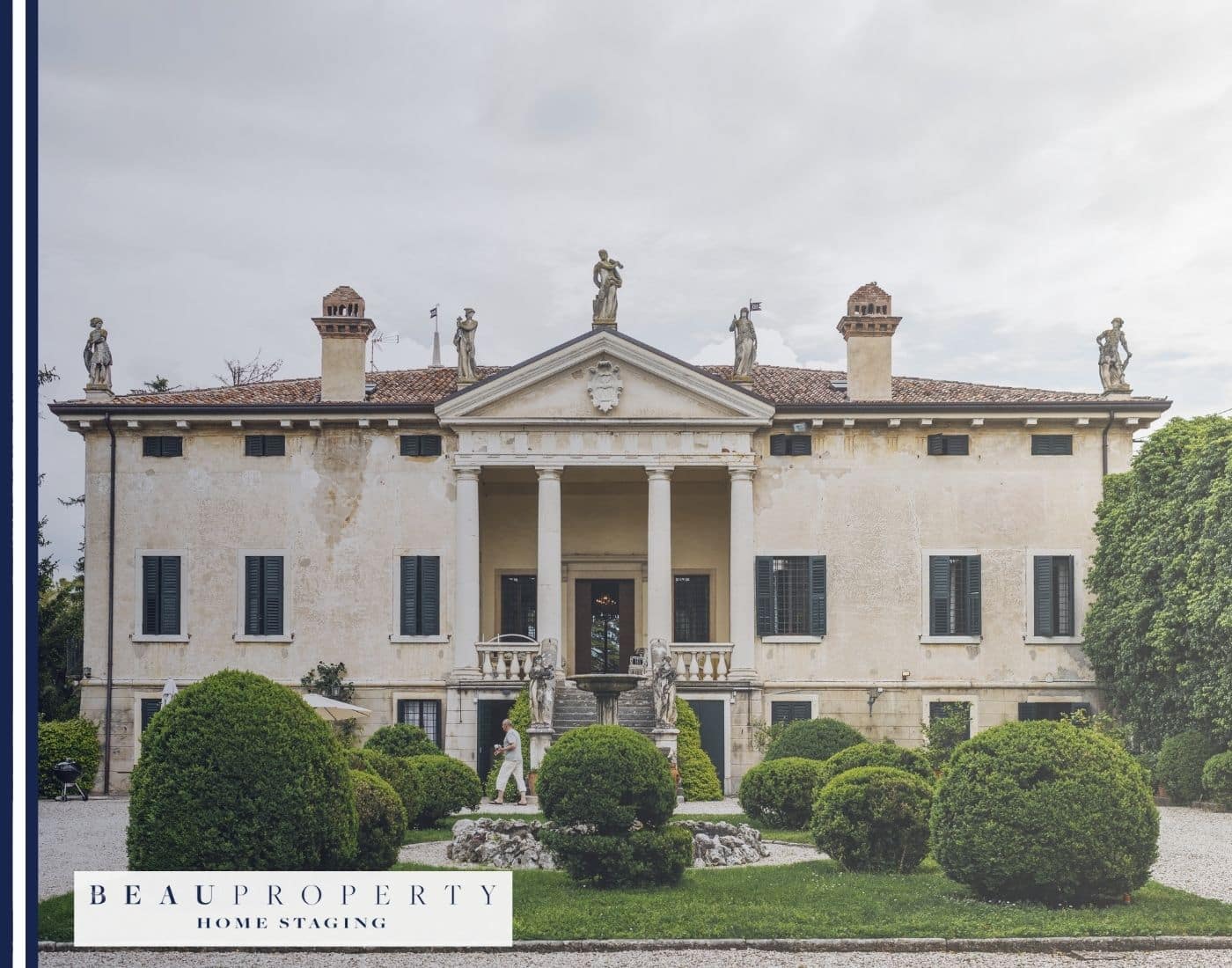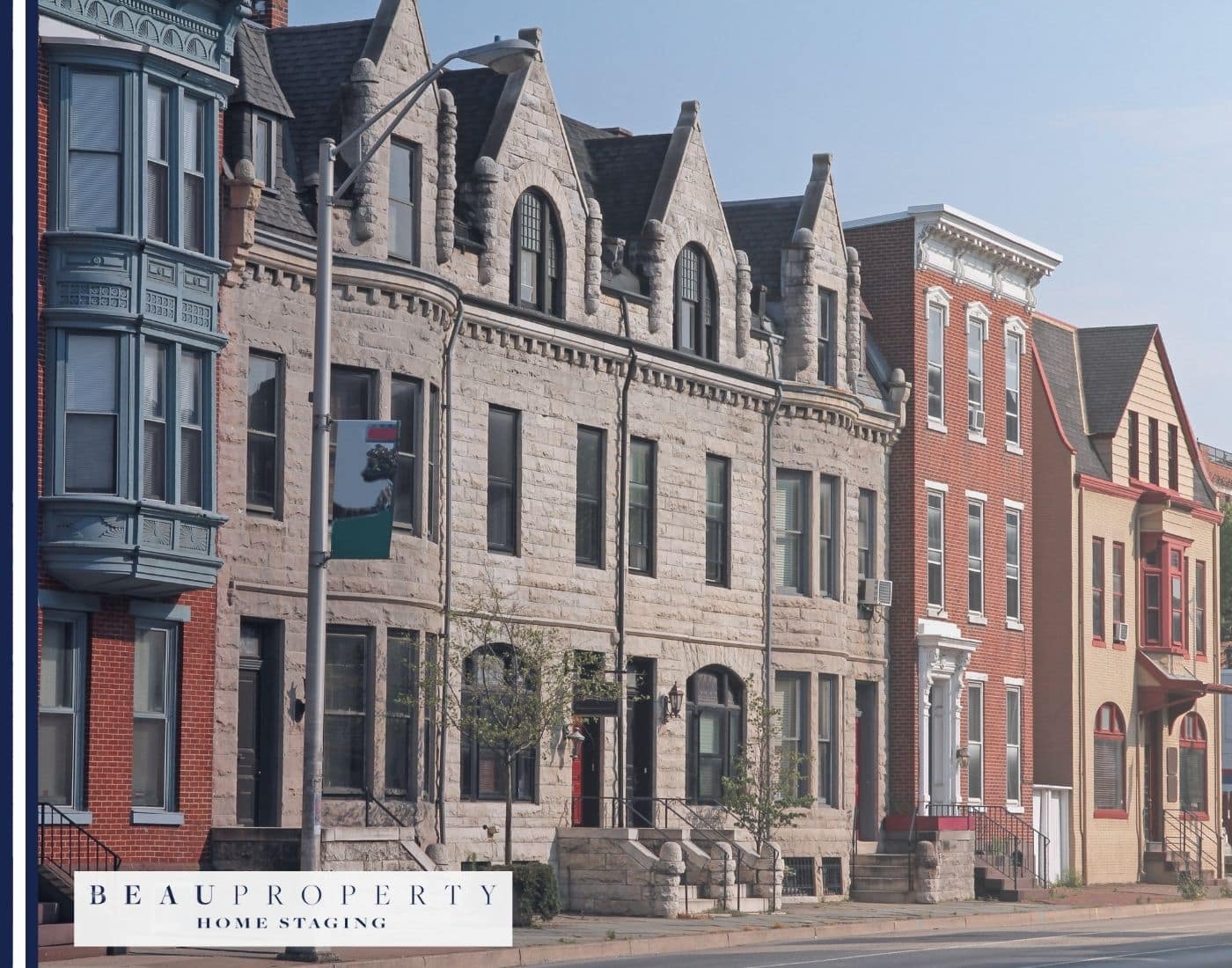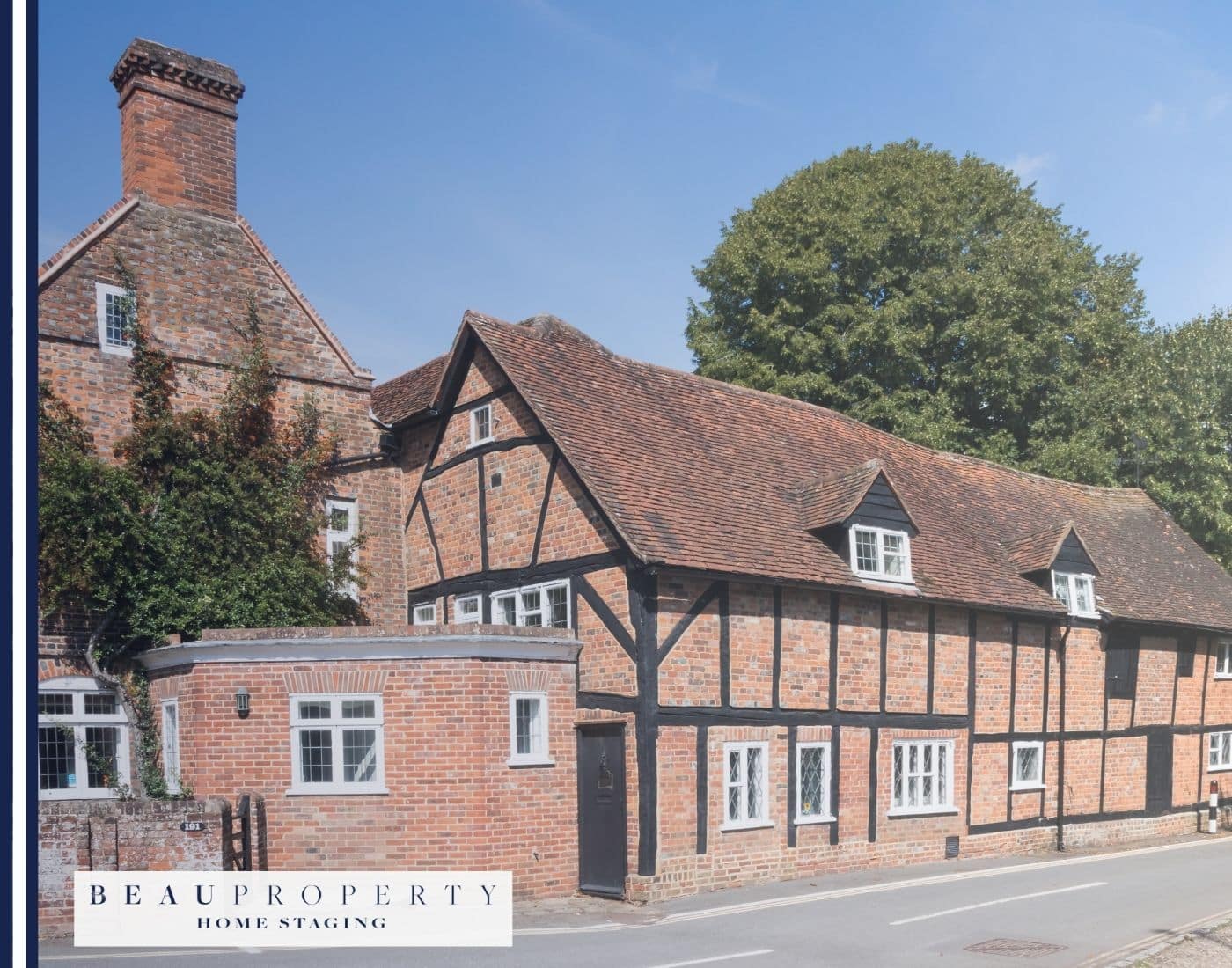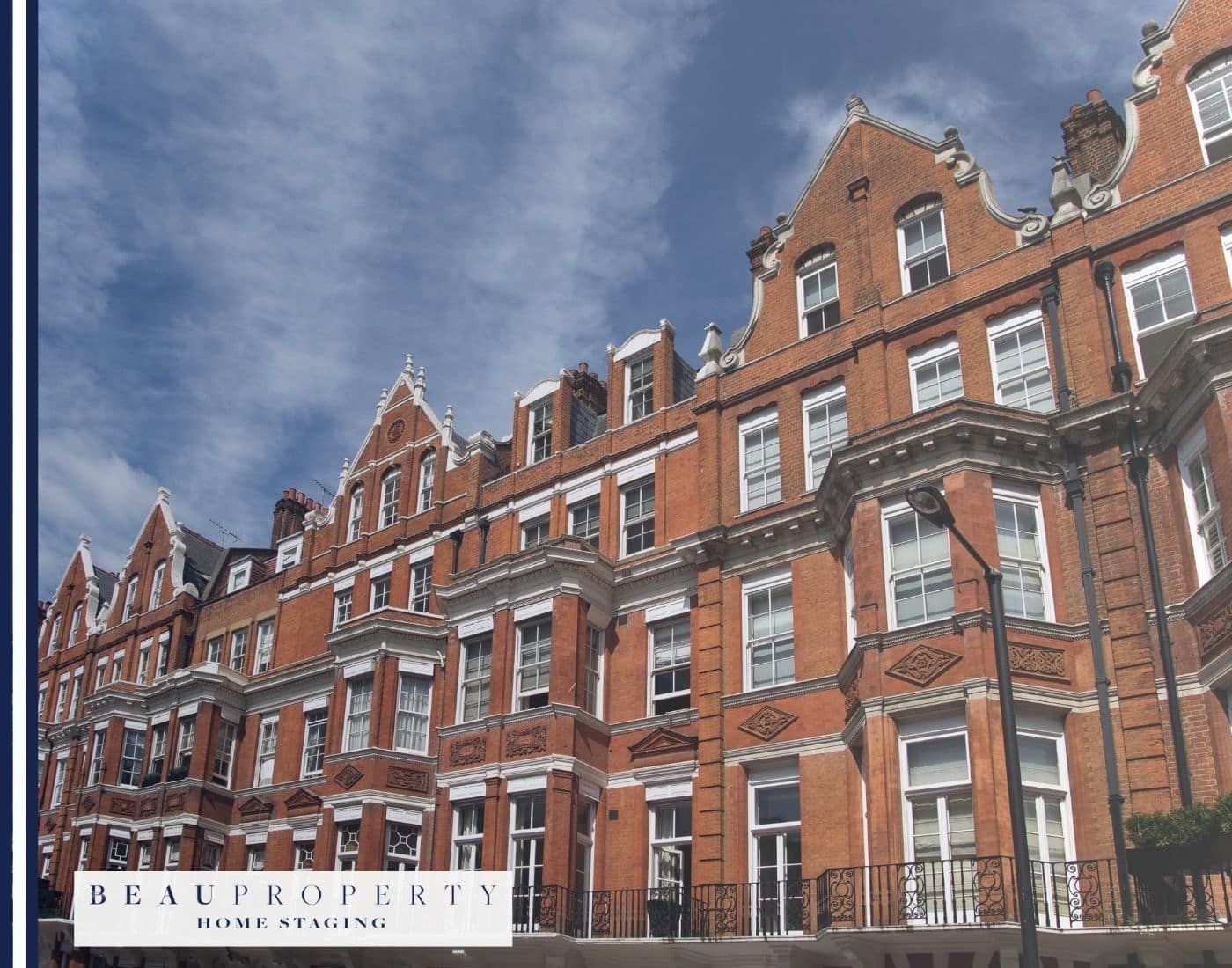Understanding the Unique Challenge of Historic Home Staging
Balancing Historical Authenticity with Modern Appeal
Staging a historic home presents a distinct set of challenges compared to modern properties. One of the primary challenges lies in maintaining the delicate balance between preserving the home’s historical authenticity and infusing it with contemporary appeal. Buyers interested in historic homes often seek properties with well-maintained original features, yet they also expect modern conveniences and stylistic updates that align with current living standards.
Key Differences in Staging Historic vs. Contemporary Homes
When staging historic properties, the emphasis is placed on highlighting unique architectural details and historical narratives. In contrast, staging contemporary homes often focuses on sleek designs, minimalist aesthetics, and cutting-edge technology. Historic homes usually have intricate moldings, robust hardwood floors, and iconic arched windows, all of which require careful presentation to showcase their charm.
Moreover, the selection of furniture and decorative items for historic homes should complement the period style, whereas contemporary homes often leverage modern, multifunctional furnishings. The goal remains the same: creating an inviting environment that appeals to prospective buyers, but the strategies diverge significantly.
Respecting Architectural Heritage
Respecting a property’s architectural heritage while making it appealing to modern buyers requires a nuanced approach. It’s crucial to preserve and highlight original features such as ornate woodwork, stained glass windows, and intricate moldings, as these elements define the home’s character. At the same time, introducing modern amenities and subtle updates can enhance the home’s functionality and aesthetic appeal without detracting from its historical value.
Buyers looking for historic homes often appreciate the charm and stories these structures offer. Stagers must, therefore, be conscientious about renovations, ensuring that any changes do not overshadow or damage the historical elements. This delicate dance between old and new not only honours the property’s legacy but also meets the expectations of contemporary buyers.
Preparing the Canvas: Decluttering and Depersonalising
Strategic Removal of Personal Items While Maintaining Period Character
When preparing a historic home for staging, it is vital to strike a balance between depersonalisation and preservation of its unique historical character. Begin by removing personal items such as family photographs, personalised artwork, and contemporary décor that may detract from the home’s historic ambiance. However, ensuring that the period character of the home remains intact is equally important. Leaf through the history of the home and identify pieces that are authentic to the period, highlighting these elements to transport potential buyers back in time. Keep antique furniture, textiles, and other historically relevant items, as they lend authenticity and charm.
Creating Clean, Spacious Environments that Highlight Architectural Features
One of the primary objectives of staging a historic home is to offer a clean, spacious canvas that allows the home’s architectural details to shine. Begin with a thorough cleaning that respects the delicate materials and finishes common in historic homes. Ensure floors, windows, and hardware are spotless yet handled with care.
Decluttering is essential to making the space feel larger. Store unnecessary furniture and accessories off-site if possible, focusing instead on a few well-chosen pieces that respect the home’s architectural integrity. Open up pathways and view lines to direct attention to the unique features such as moldings, hardwood floors, and intricate ceiling details.
Organising and Storing Items Without Damaging Historical Elements
Organising and storing items in a historic home demands careful attention to ensure no damage occurs to its valuable historical elements. Use soft, protective materials to wrap delicate historic items before storing them. Avoid placing items in areas where temperature and humidity levels fluctuate, as this can harm wood, metal, and rubber components.
For storage, choose climate-controlled environments to prevent deterioration. Ensure that large furniture items are placed on floor protectors or carpets to guard against scratches on original hardwood floors. Avoid attaching anything to historic walls, as nails and adhesives can cause irreparable damage. Instead, opt for free-standing storage solutions where necessary. By combining these strategies, you can protect the integrity of the historic property while still preparing it to appeal to modern buyers.
This thoughtful approach to decluttering and depersonalisation sets the stage for the next steps in historic home staging, ensuring the home’s original features are preserved while creating a welcoming atmosphere that attracts contemporary buyers. Moving forward, the essence of showcasing these beautiful architectural details becomes central.
Showcasing Historical Architecture and Details
Highlighting the original architectural features of a historic home can significantly enhance its appeal to potential buyers. This requires a strategic approach that focuses on preservation and spotlighting unique elements.
Emphasising Original Features
Attention to detail is crucial when showcasing historic properties. Original features such as moldings, hardwood floors, and arched windows should be emphasised. These elements provide a sense of timelessness and character that modern homes often lack. It’s essential to ensure these features are in excellent condition, repairing or restoring them if necessary. For example, plaster moldings can be carefully cleaned and repainted to look pristine, while original marble fireplaces should be polished to restore their glory.
Strategic Furniture Placement
Furniture placement is an essential aspect of staging historic homes. The arrangement should be strategic to draw attention to architectural highlights. For instance, seating areas should be positioned to face large windows, showcasing the stunning views or intricate window designs. In areas with unique features like a grand staircase or a fireplace, furniture should be arranged to direct focus towards these points. This creates visual pathways that naturally guide potential buyers’ eyes to the home’s best features.
Maximising Space and Flow
While emphasising architectural details, it is also important to ensure the space feels open and accessible. Avoid placing furniture that obstructs natural light from large windows or blocks pathways. This can be achieved by keeping main pathways at least 36 inches wide, ensuring smooth movement through the home.
Maintaining and Restoring Period Features
Restoring period features is about honouring the property’s history while ensuring functionality. This process includes maintaining original structures such as wood beams, ornate staircases, and historic hardware. Regular maintenance like rust removal, caulking, and proper paint reapplication can preserve these elements. If repairs are needed, use historically accurate materials and techniques to ensure authenticity.
Restoring a historic property requires a delicate balance of showcasing its rich history while making it appealing and comfortable for modern buyers. This process sets the stage for incorporating updates that enhance the living experience without detracting from the home’s inherent charm.
Modernising Without Compromising Character
Renovating kitchens and bathrooms in historic homes while preserving their period charm is a delicate balancing act. It requires thoughtful consideration to update these essential spaces efficiently without compromising the historical integrity of the home.
Thoughtful Updates to Kitchens and Bathrooms
When modernising historic homes, kitchens and bathrooms typically demand attention. These rooms are crucial for daily functionality and often require significant updates to accommodate modern living standards. However, it is imperative to ensure that any renovation efforts respect the historical architecture and spirit of the home.
One approach is to retain and restore original fixtures where possible. For instance, original woodwork, paneling, and other architectural details can be preserved and integrated into the updated design. In a kitchen renovation, opting for custom cabinetry with frame and panel shaker styles painted in period-appropriate colours can harmonise the old and new seamlessly.
Integrating Modern Appliances and Fixtures Sympathetically
The integration of modern appliances and fixtures requires a sympathetic approach to maintain the home’s historical character. Selecting appliances that blend with the period aesthetic, such as retro-style refrigerators or historically inspired stoves, can help to bridge the gap between old and new. Additionally, incorporating modern conveniences discreetly, such as hidden dishwashers or microwaves, can preserve the historic ambiance while providing contemporary functionality.
Bathroom updates should aim to balance modern convenience with period style. For example, incorporating new plumbing fixtures that echo vintage designs can modernise the space without disrupting its historic charm. Sinks crafted from materials suitable for the period, such as porcelain or brass, and tubs styled to replicate antique forms, can enhance the historical feel while offering modern benefits.
Balancing Contemporary Comfort with Historical Authenticity
Maintaining a balance between contemporary comfort and historical authenticity is essential for successful historic home staging. Renovating with a focus on the original design vision helps preserve the home’s historical narrative. Even when extensive updates are necessary, introducing design elements that reflect the home’s period ensures continuity. For example, replacing unsalvageable pocket doors with custom wood cabinetry or similarly styled elements can honour the home’s historical story.
Recognising the worth of each historical feature and knowing when modernisation is essential helps in making informed renovation decisions. This strategy ensures that the home’s character is preserved while meeting contemporary living standards.
As you navigate the intricate process of modernising historic properties, remember the importance of preserving their unique stories and charm. By blending contemporary elements thoughtfully with historical details, you create spaces that offer modern comfort without losing their timeless appeal.
Creating Atmospheric Appeal
When it comes to staging historic homes, creating an atmospheric appeal that honours their past while embracing modern expectations is crucial. This chapter delves into key strategies to achieve this balance, covering aspects such as lighting, colour palettes, and textures.
Using Period-Appropriate Lighting
Lighting can significantly impact the ambiance of a historic home. It’s crucial to use period-appropriate lighting fixtures to enhance architectural features without disrupting the overall historical integrity. Consider using antique chandeliers, sconces, and floor lamps that correspond to the home’s time period. These fixtures can draw attention to intricate moldings and high ceilings, creating a warm and inviting atmosphere.
Additionally, integrating modern lighting solutions should be done thoughtfully. For example, using discreet LED lighting to subtly illuminate dark corners or highlight architectural details without taking away from the period character can be effective. Balance is key; the lighting should evoke the historical era while providing the brightness and energy efficiency expected by contemporary buyers.
Selecting Colour Palettes
The right colour palette can complement historical elements and provide continuity throughout the home. Begin by researching the colours that were popular during the period when the house was built. These hues tend to be more muted and earthy compared to modern vibrant shades. Consider colours like soft greens, muted yellows, and rich creams, which can provide a period-appropriate backdrop.
When choosing a colour palette, think about how different colours can enhance the home’s architectural features. For example, a slightly darker colour on the walls can make white moldings and trim pop. Ensure that the colour choices harmonise with existing elements such as hardwood floors, wainscoting, and tile work. Creating a cohesive look with a considerate blend of period and contemporary colours will attract modern buyers while respecting the home’s heritage.
Incorporating Textures and Materials
Textures and materials play a significant role in bridging the gap between old and new. Incorporate materials like linen, wool, and natural fibres which were commonly used in historic periods. Rugs, throw blankets, and upholstery in these materials can add a tactile dimension to spaces, creating a sense of comfort and continuity.
To further enhance the historical charm, use pieces with intricate detailing like carved wood furniture, wrought iron fixtures, and vintage textiles. However, integrating contemporary elements strategically ensures the space doesn’t feel like a museum. For instance, modern furniture with clean lines in complementary colours can coexist with period pieces, creating an eclectic yet balanced environment.
Harmonising both period-specific textures and contemporary materials can make the home feel timeless and inviting. This integration will allow potential buyers to appreciate the historic value while envisioning a comfortable modern lifestyle.
Creating an inviting atmosphere in a historic home involves a careful blend of lighting, colours, and textures. Each element should work cohesively to highlight the home’s unique character while appealing to today’s buyers. By thoughtfully considering these aspects, you can stage historic homes in a way that respects their past and embraces their future.
Telling the Property’s Story Through Staging
Selecting Artwork and Accessories that Enhance the Historical Narrative
When staging a historic home, it’s essential to choose artwork and accessories that highlight its unique past while still appealing to a modern audience. Selected pieces should be period-appropriate and enhance the architectural features and character of the property. Consider incorporating vintage prints, classic landscape paintings, and historically accurate replicas to underscore the home’s historical charm. The key is to tell a story through carefully curated items that resonate with the property’s heritage and strike a chord with discerning buyers.
Art must not only match the period but also the geographical context, adding to the buyers’ sense of place. For example, if the home is located in a historic coastal town, marine paintings or seaside scenes can enhance the appeal. Accessories like antique mirrors, vintage clocks, and period-appropriate lighting fixtures complement the artwork and create an immersive experience.
Creating Lifestyle Vignettes that Appeal to Modern Buyers
Lifestyle vignettes are small, purposely staged areas that help potential buyers envision how they might use a space. In historic homes, creating these vignettes requires a fine balance between historical aesthetic and modern-day functionality.
A cosy reading nook with an antique chair and a modern lamp can be a hit. Similarly, setting up a stylish coffee station in a period kitchen or a vintage vanity in the bathroom can help convert these spaces into inviting spots for potential buyers. The aim is to spark the buyer’s imagination and show that the home can support a contemporary lifestyle while retaining its historical charm.
Balancing Period-Appropriate Decor with Contemporary Comfort
Achieving a balance between period-appropriate decor and contemporary comfort is critical when staging historic homes. One effective strategy is to opt for neutral colour schemes as a backdrop that unifies old and new elements. Injecting modernity through subtle pops of colour, whether via cushions, throws, or small decorative items, can add vibrancy without overwhelming the historic ambiance.
Furniture and textiles should be comfortable yet in keeping with the home’s architectural style. Using silks, velvets, and other rich fabrics that were popular in the home’s original period, but in contemporary designs, can bridge the gap between old and new. Similarly, integrating modern functional elements, like a sleek, stylish dehumidifier in a room with delicate plaster mouldings, ensures that the home feels liveable while preserving its unique historical features.
By thoughtfully selecting and arranging artwork and accessories, staging lifestyle vignettes, and balancing decor with contemporary comfort, you can tell a compelling story of the property. This narrative will captivate potential buyers, making them feel connected to the home’s past while also seeing it as a place to create their future.
Enhancing Historic Curb Appeal
Maintaining and Highlighting Original Exterior Features
To retain the historical charm of a property, preserving and emphasising its original exterior features is paramount. Features like original wood siding, brickwork, decorative trim, and period windows should be highlighted. This often requires meticulous maintenance. For instance, re-pointing brickwork not only maintains structural integrity but also enhances aesthetic appeal by restoring the mortar to its original state.
Historic homes often feature unique elements like ornate woodwork or distinctive rooflines. To keep these features in pristine condition, it’s essential to use appropriate restoration techniques. For example, repainting wood trim with historically accurate colours can enhance the period feel of the property. When possible, use traditional materials and methods to match the original construction, ensuring any updates are sympathetic to the home’s character.
Landscaping Choices That Complement Historical Architecture
The landscaping around a historic home should enhance, not overshadow, the property’s architecture. Traditional elements like brick pathways, wrought iron fencing, and lush gardens can complement the historic nature of the home while providing a welcoming atmosphere.
- Plant Selection: Choose plants and flowers that are period-appropriate and suitable for the home’s original era. For example, Victorian homes often featured lush, elaborate gardens with a variety of colourful, fragrant flowers such as roses and hydrangeas.
- Structures and Pathways: Incorporate elements like gravel paths, stone walkways, and heirloom arbors that harmonise with the historical aesthetics. These details provide a direct link to the property’s past while making the garden space usable and attractive.
- Environmental Considerations: Consider modern sustainability practices that do not compromise the historic look, such as using drought-resistant plants or composting leaves and garden waste to create natural fertilisers.
Creating an Inviting First Impression That Honours the Property’s Heritage
Creating an appealing first impression is crucial in capturing the interest of potential buyers before they even step inside. Enhancing the curb appeal of a historic home involves a mix of maintenance, thoughtful design, and strategic presentation.
- Entranceways and Doors: Restoring or replicating original doors can add significant charm. The front door often sets the tone, so consider period-appropriate designs, such as a classic six-panel door for a Colonial home, or a stained glass insert for a Victorian property.
- Lighting: Use exterior lighting that complements the architectural style. Period-appropriate fixtures like lantern-style lamps or wrought iron sconces can enhance the home’s historic appeal.
- Colour Schemes: Select paint colours that are appropriate to the home’s period. Historical colour palettes can be sourced to ensure that the chosen colours complement the property’s architectural style while creating visual harmony.
- Cleanliness and Maintenance: Ensure that walkways are clean, lawns are well-kept, and any outdoor furniture or decorative elements are in good repair. A well-maintained exterior indicates that the property has been cared for, reassuring buyers of its overall condition.
In creating a seamless blend of historical charm and contemporary appeal, the goal remains to respect and honour the original features while making the property inviting and liveable for modern buyers. Maintaining this balance ensures that the historical integrity is preserved whilst making the home attractive and functional for contemporary living.






